In 1919, the state of Alabama celebrated its centennial. Commemorative Half Dollars were issued for the occasion, but they weren’t actually struck until October 1921. The statewide celebrations went on for a little over a year, but the coins weren’t brought up until everything was winding down. Most numismatists believe that state leaders hadn’t even considered creating commemorative coins until they saw other states issuing coins to celebrate their milestones. Because of this, members of the Centennial Commission pushed their local congressman to introduce a bill authorizing the minting of their own commemorative coin.
Alabama congressman, Lilius Rainey, introduced a bill to the Committee on Coinage, Weights, and Measures. The bill initially called for quarter dollars to be minted, but one of the committee members, a numismatist himself, questioned the denomination, arguing that half dollars would be more appropriate. In the end, the bill was recommended to the House of Representatives with the change from quarters to half dollars.
The original plan for the design was to have the Capitol Building depicted on one side and the portraits of James Monroe, the president at the time Alabama became a state, and Woodrow Wilson, the president at the time of the centennial, on the other side. Twenty-two stars flanked the portraits, to represent Alabama being the 22nd state. When the design was suggested to the Commission of Fine Arts, sculptor James Earle Fraser disliked the idea of including the Capitol Building because buildings don’t always translate well on coins. An eagle matching the state seal was suggested in its place. The portraits on the original design also caused a problem. Between the first design and finalizing the design, a presidential election occurred. In light of this, there was concern about including the Democratic president on the coin, in case whoever took office opposed it. The commission designing the coin decided to change the portraits from those of the presidents to those of the governors. The new design featured Thomas Kilby, the then-current governor of Alabama, and William Bibb, the state's first governor.
Once the new designs were approved, Laura Gardin Fraser was chosen to create the three-dimensional plaster models of the coin. Once her designs were approved, she officially became the first woman of any country to design a coin. That wasn’t the only first from this coin; Governor Thomas Kilby became the first living person to be featured on a U.S. coin. This was allowed because, at the time, the only rule against a living person being featured on our money applied to currency, not coins.
These coins were first sold on October 26, 1921. This was the day President Warren G. Harding visited Birmingham, Alabama, to lay the cornerstone of the city's new Masonic temple. The commemorative coins were sold at booths set up along the city sidewalks for the event and, after the first day, through various banks in the state. These coins were sold by the centennial commission for $1 each.
To drive sales, the committee decided to place a “2X2” on the obverse of some coins to create a collectible variety. There is a lot of debate and very few reliable sources for the exact mintage numbers for each variety. Different stories list the mintage numbers for the plain variety at 54,030 to 64,038. Similarly, the “2X2” variety has mintages listed between 6,000 and 15,014.
Regardless of the mintage numbers, both versions of these half dollars are among the rarest silver commemorative issues and are considered key coins for the series. While the “2X2” variety reportedly had a lower mintage, there appear to be about the same number of survivors for each variety, leading to equal rarity. They are both extremely rare in gem condition, and the “2X2” variety is even rarer in circulated condition.
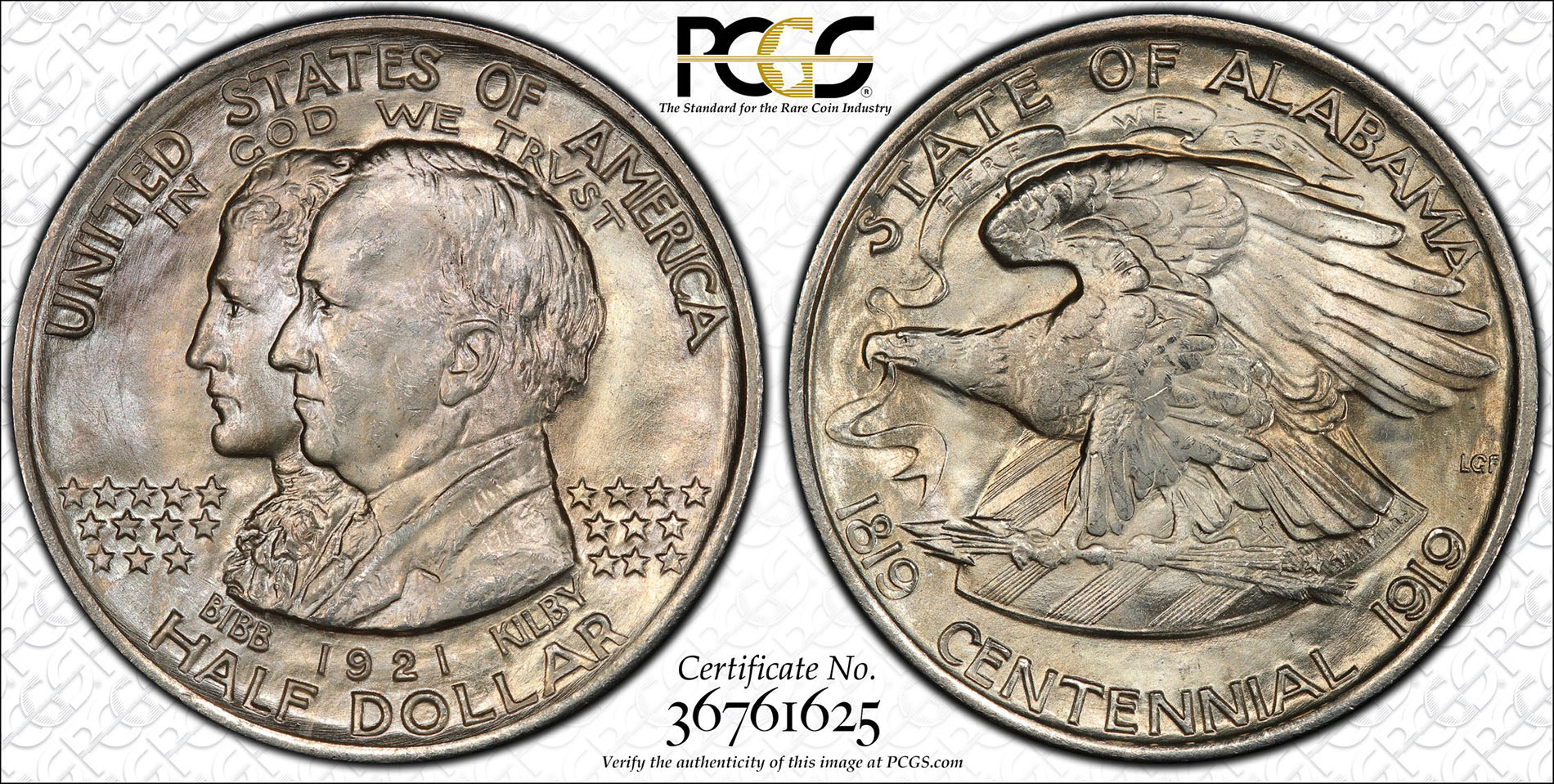
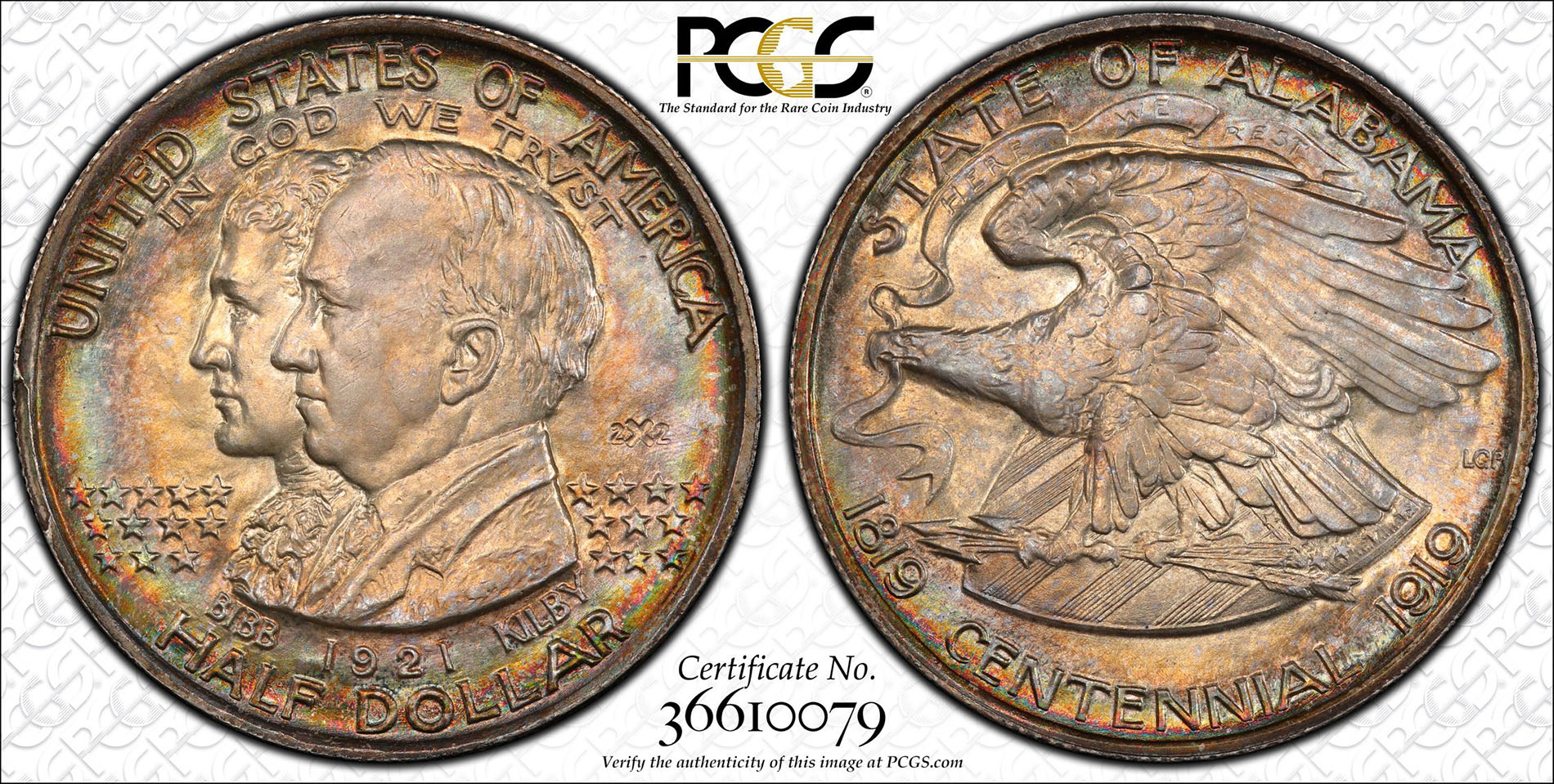
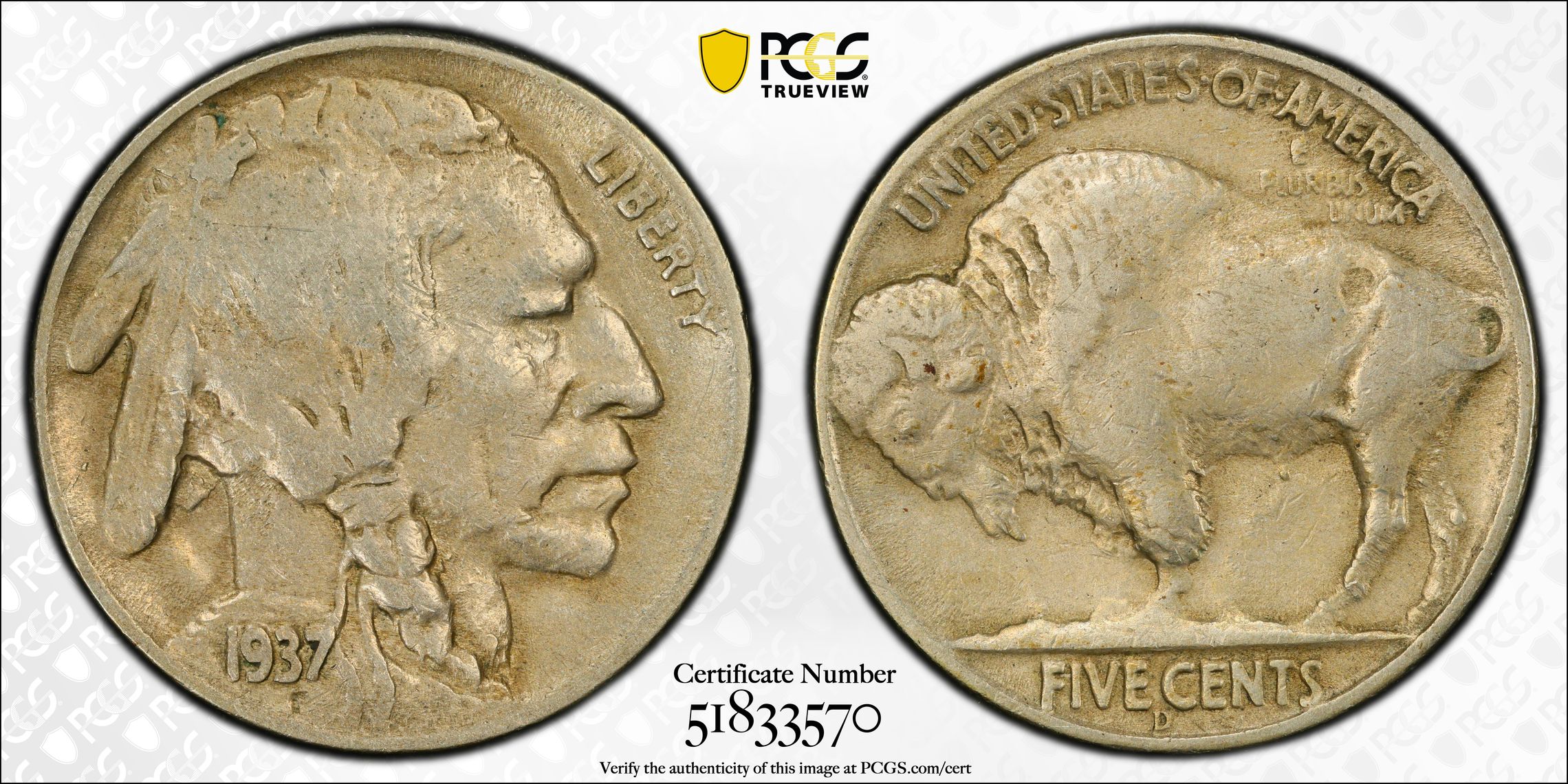
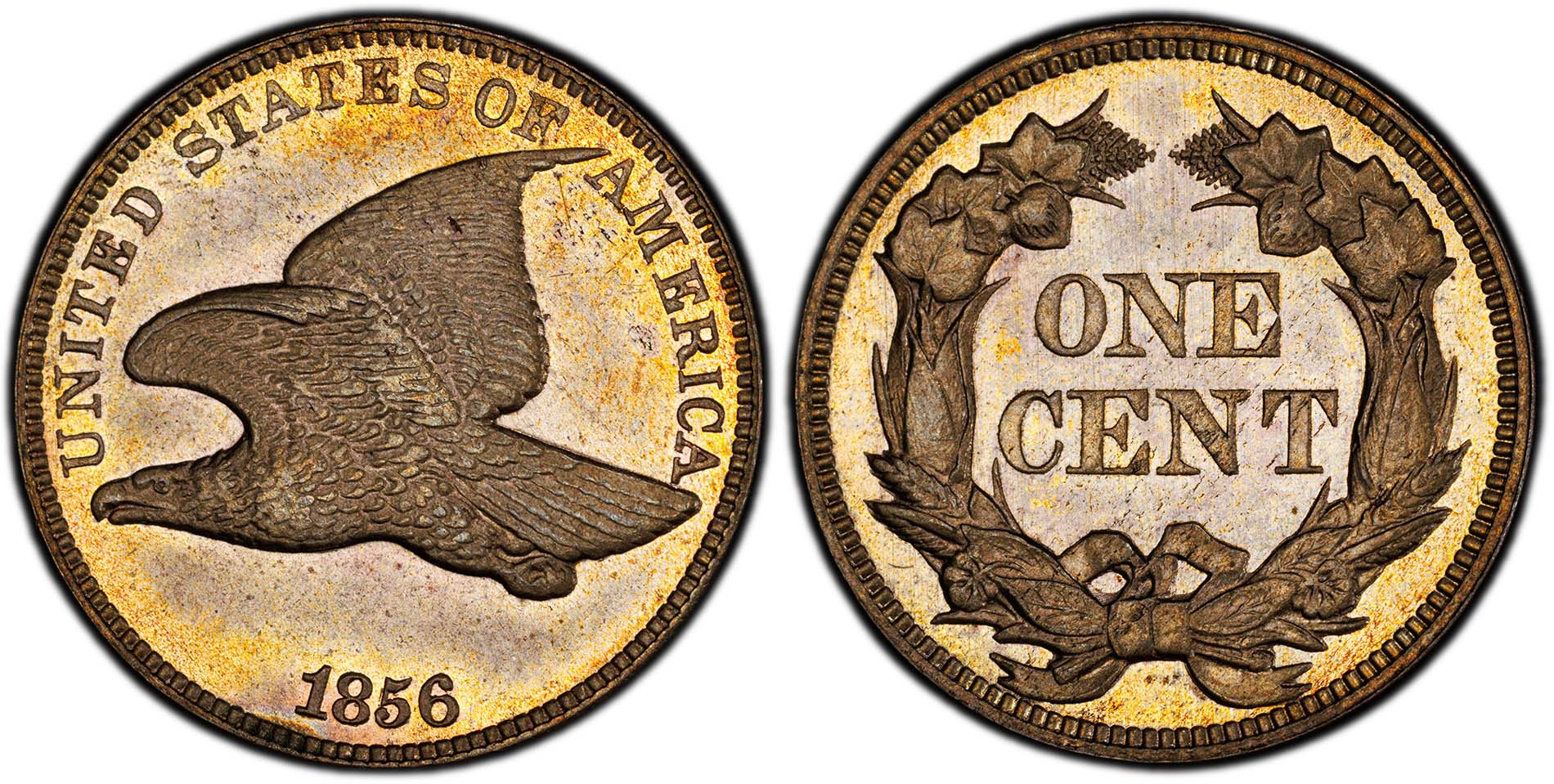
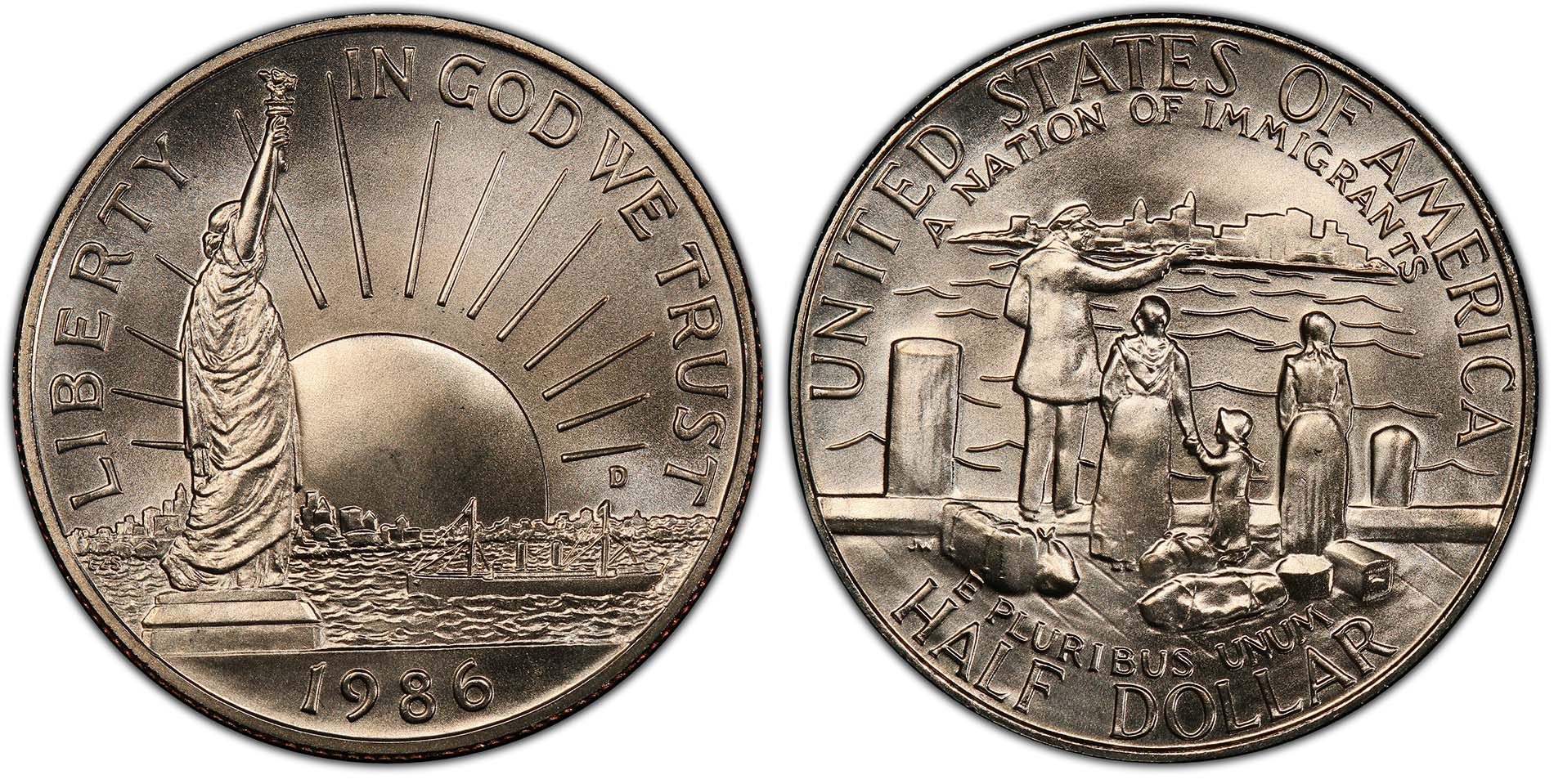

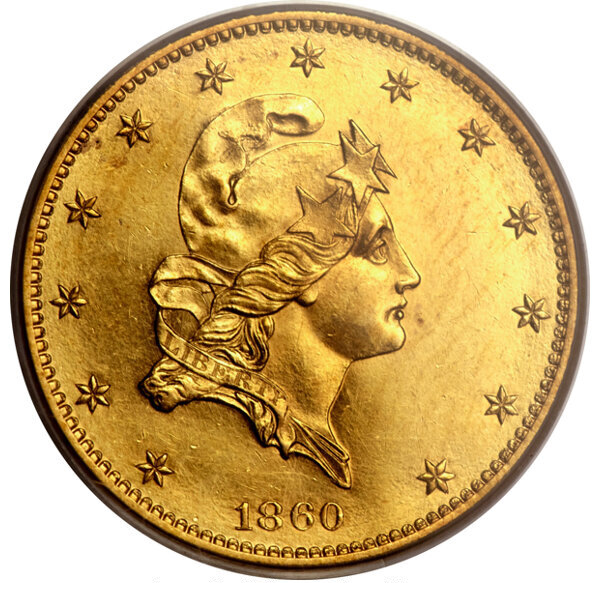

 Copper & Nickel
Copper & Nickel
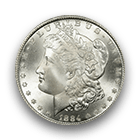 Silver Coins
Silver Coins
 Gold Coins
Gold Coins
 Commemoratives
Commemoratives
 Others
Others
 Bullion
Bullion
 World
World
 Coin Market
Coin Market
 Auctions
Auctions
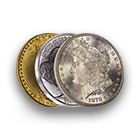 Coin Collecting
Coin Collecting
 PCGS News
PCGS News